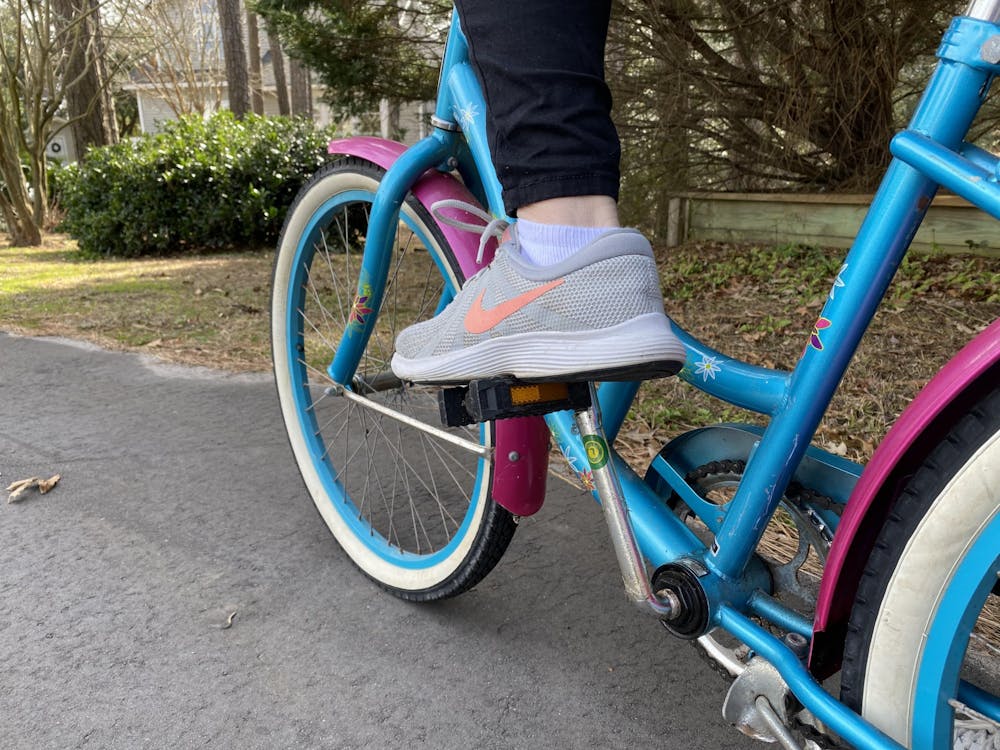You see the Carolina blue bus turn onto Franklin Street; the bright orange letters say "U" — University Shuttle. You sprint towards Carolina Coffee Shop, hoping to make it to the stop before the doors close. You know missing it means another 45 minutes until the next bus comes. In desperation, you scream at the bus as if it can hear you.
“Wait! Stop!”
It pulls away.
That all too common feeling of missing the bus is part of a larger problem: not having enough buses. If we provided more funding to transit-oriented development projects, we could make Chapel Hill more environmentally friendly and accessible.
However, making Chapel Hill more accessible starts with improving public transit infrastructure. That means more buses, more frequently.
It also means, dreaded as it may sound, less parking.
“But it’s already so hard to park in Chapel Hill; we can’t afford to decrease it even more!”
I get it. I, too, struggle to find parking in this town on a consistent basis. It’s either too expensive or too scarce. No matter how you slice it, parking in Chapel Hill sucks for everyone.
But making Chapel Hill a more transit-oriented town means making more space. Parking and transit are inextricably linked; making more parking creates induced demand — if you build it, individuals will come. So when we build more parking, we give way for more cars on the roads, further increasing the reliance on our cars to get us from point A to B.




